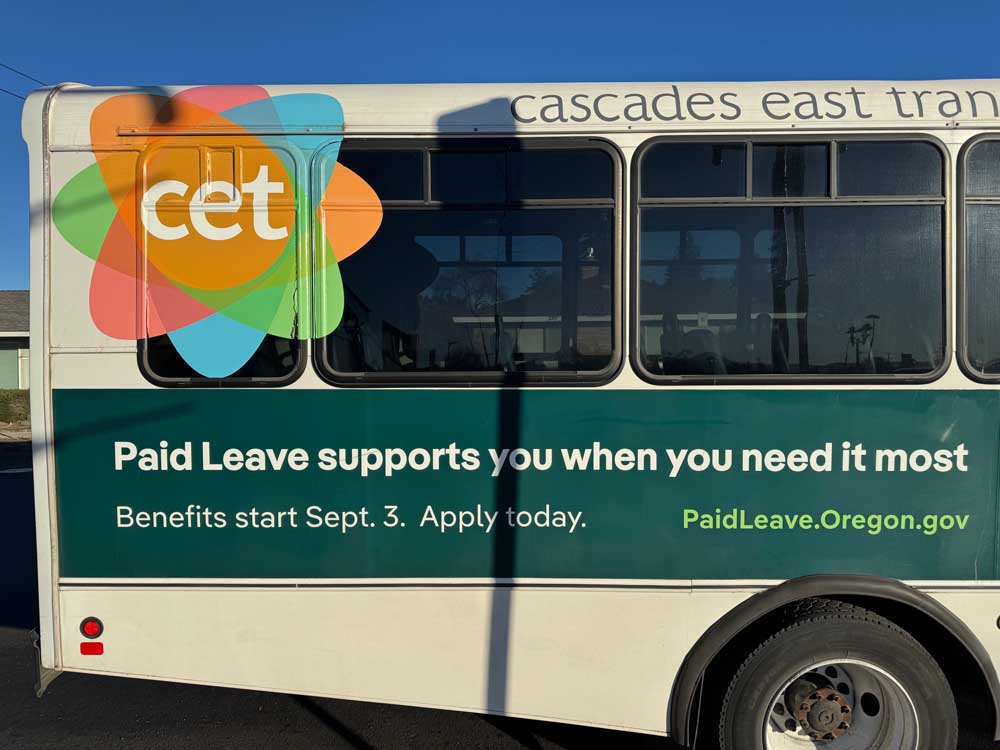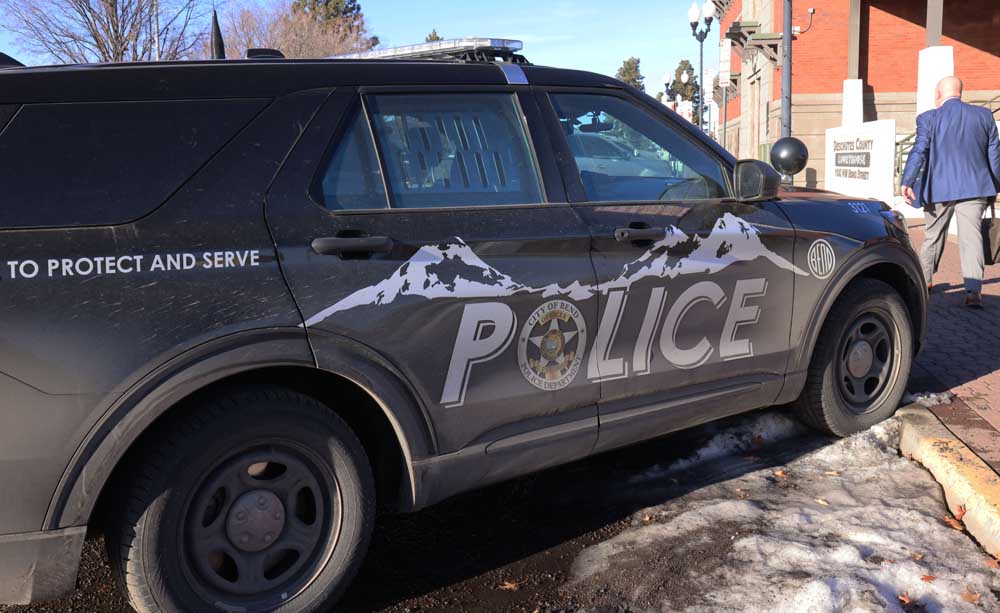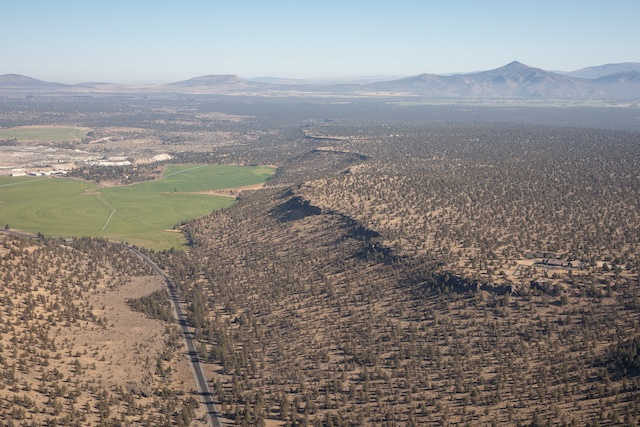Editorial: Should local bus system require rider identification cards to ride? They are coming
Published 5:00 am Saturday, January 18, 2025

- A Cascades East Transit bus between trips at Hawthorne Station in Bend.
So many things can be done to make more people want to ride the bus in Central Oregon. More routes. Predictable and frequent buses showing up at bus stops. Making it easy for people who want to ride.
Cascades East Transit checks some of those boxes. It wants to do more. But it also has been talking about moving to requiring a rider identification card, which would pose a hurdle.
A rider identification card with a photo on it has plusses. It would better enable the system to track how riders use buses in real time. It could be used to track payments without cash.
It could be fused with phone apps for ease of operation. It could be set up to work with passes for students and certain employers.
Most importantly, it could improve safety, helping bus drivers and other transit personnel identify who can ride and who should not.
Riding the bus is free on the fixed routes with Cascades East Transit, for now. But riders can be banned.
Many things can earn people a bus ban — drinking on a bus or on transit property, using profanity, refusing to reduce noise from a cell phone, smoking, threatening harm or sexual harassment, refusing to leave the bus. And there is more. It’s a common practice for bus systems across the country to have exclusion lists.
The list of people excluded here is not short. At any time, it can be 200 to 300 people, Townsend said.
When we made a public records request, Cascades East Transit swiftly provided us with a list of its exclusions. It also sent along documents that explain to staff how to use exclusions with examples. Here’s one: “The client is refusing to stop smoking, eating or drinking on the bus after having been warned 2 times previously. Explain that it is a violation of our rules and set expectations. Exclude the client from the bus/property for 1 week.”
Excluded people can appeal.
The exclusion list is kept in a notebook at Hawthorne Station. It doesn’t have the best photos. That’s a flawed system. How is a bus driver in Madras supposed to keep up with that, as Bob Townsend, Cascades East Transit director, put it. A rider ID card would provide better safety for passengers and for transit staff.
Route buses have e-readers. Still, there would be costs to implement a system, which could be covered by fares in the future. Townsend has said there would have to be some exceptions when people would be allowed on a bus without a rider ID, such as in the cold.
Some people will be turned off by the hassle of needing an ID card to ride, even if it is relatively simple, such as downloading an app. The cards could feel Big Brotherish, too, unless there are restrictions on how individual tracking data can be used.
We’d like taking the bus to eventually be as easy and convenient in Bend, as it is in some major cities. Rider ID cards may — over time — help more than hinder. It would be an adjustment and a difficult one for some. Do you think the cards are a good idea?
“Our goal is to start implementation this summer, in a phased rollout where we evaluate the card process before we implement fares again,” Townsend told us.
Tell Cascades East Transit what you think. CET has a form for public input that you can find here: passio3.com/busBuzz/cet.






